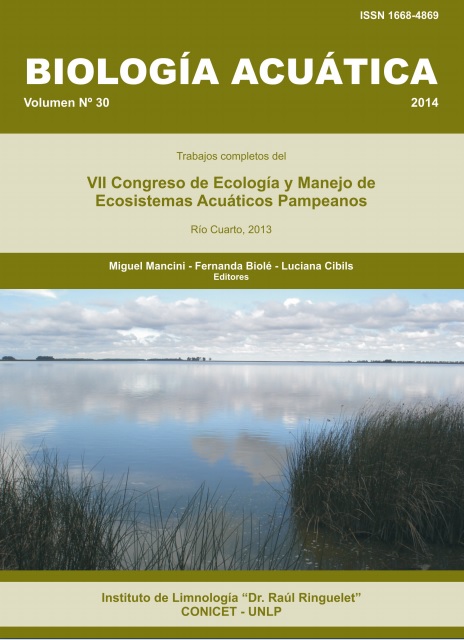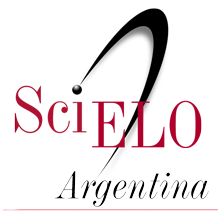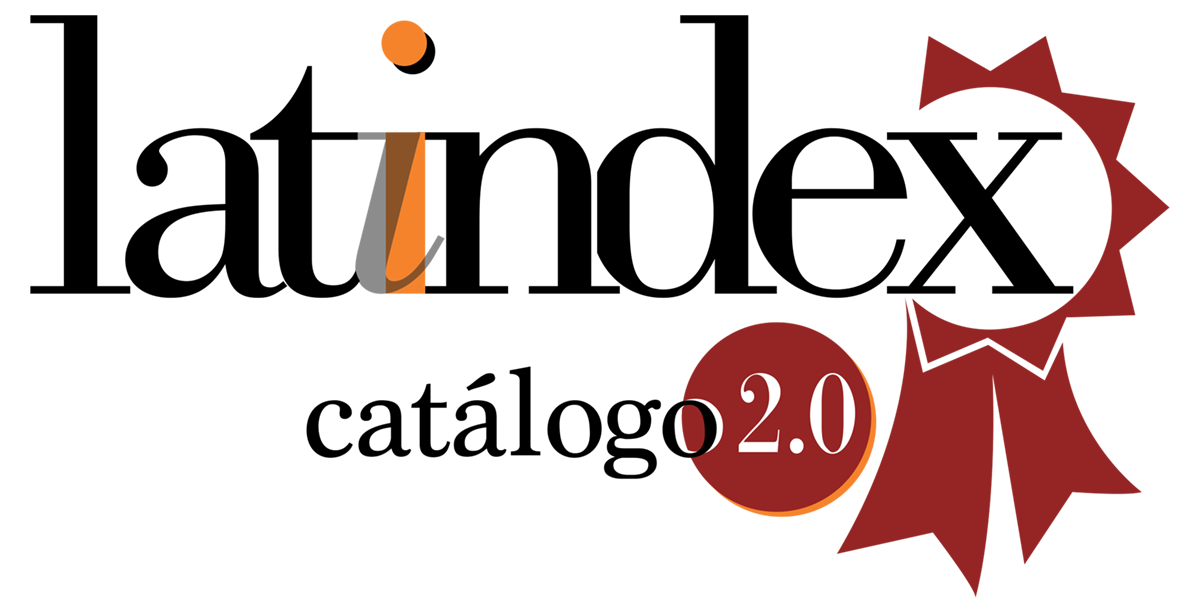Evaluación de la capacidad de auto-depuración de un arroyo urbano y el uso de macrófitas nativas como estrategia de restauración
Keywords:
contamination, self-purifying, bioassays, macrophytes, ArgentinaAbstract
Environmental degradation is one of the most serious problems in the metropolitan area of Buenos Aires, especially water pollution. The main aim of this work was to study mechanisms of self-purifying of a segment of San Francisco stream (located in Almirante Brown district), evaluating it in situ capacity of self-purifying downstream of a tubing and, in addition, by static bioassays in a greenhouse with native macrophytes. A stream section of 1500m was sampled twice during autumn 2013. The stream was generally hypoxic throughout the section (DO<2 mg/l), presenting low velocity (0.084 ± 0.008 m/s), moderate organic load (COD=72 ± 3 mg/l), high dissolved inorganic nitrogen (9.2 ± 0.9 mg/l) mostly as ammonium, and high levels of coliforms (7600 ± 700 cfu/ml). There was no increase in the dissolved oxigen and no decrese in the nutrients and COD along the section, suggesting that the self-purifying process for this parameters, along this section and this time of this year was negligible. Almost complete removal of ammonium (90-95%) and nitrites was observed in the bioassays. Based on our results, the present condition of the stream may be modified by increasing water oxygenation and macrophytes biomass, among others strategies. It is planned to incorporate the analysis of seasonal effects and complementary bioassays with macrophytes minimizing the algal growth.





















